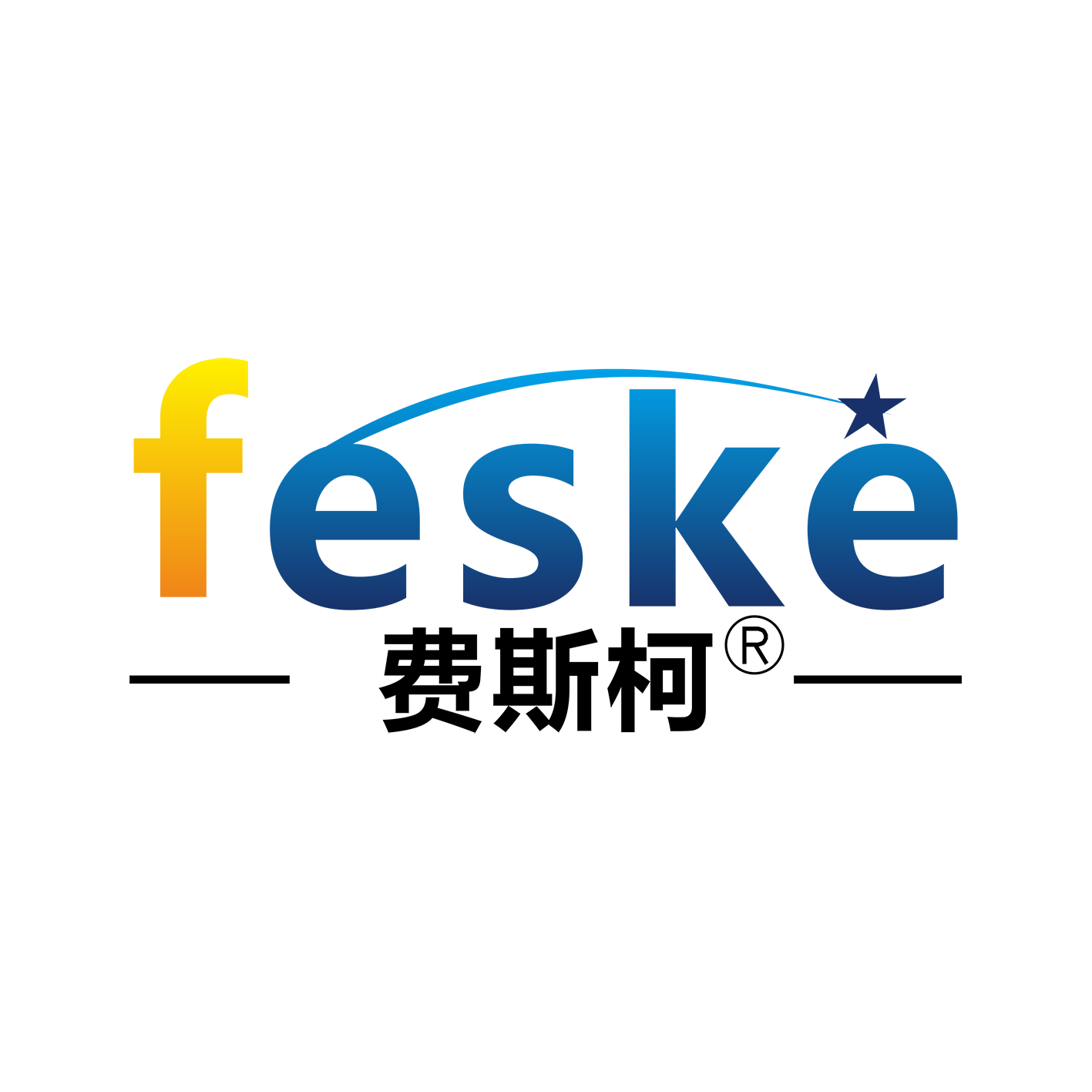Selecting the right electric cylinder requires comprehensive consideration of multiple factors, including
load, accuracy, speed, stroke, environmental conditions, and control method. The following are key
selection points:
1. Load Capacity
Calculate the actual load: This includes factors such as object weight, inertia, and friction. Ensure that
the rated load of the electric cylinder is 20%-50% higher than the actual maximum load. For example,
handling equipment must account for inertia during acceleration and deceleration.
Thrust Selection: Calculate the required thrust (in N or kg) based on your needs, and allow for a safety
margin.
Accuracy Requirements
Positioning Accuracy: Precision applications (such as semiconductor manufacturing) require ±0.01mm;
general applications require ±0.1mm.
Repeatability: High repeatability is preferred for applications such as automated assembly.
3. Speed and Stroke
Speed Matching: For general applications, choose 50-200mm/s. For high speeds, use a servo motor and
ball screw combination.
Stroke Length: The actual stroke should be slightly larger than the required stroke, taking installation
space limitations into consideration.
4. Environmental Adaptability
Protection Level: IP65 or higher is required for humid/dusty environments. Stainless steel is recommen
ded for corrosive environments.
Temperature Range: Choose a temperature-resistant model for high or low temperature environments.
5. Control and Installation
Control Method: Analog control is suitable for continuous and precise adjustment, while digital control
is suitable for simple start and stop operations.
Mounting Method: Choose flange or trunnion type depending on the scenario, and measure the space
dimensions in advance.
6. Brand and Service
Recommended Brands: Specialized and innovative companies such as Guangdong Tiangong Automation
and Zhichuang Precision Machinery have strong technical capabilities and high reputation ratings.
Service Guarantee: Prefer manufacturers with a warranty of at least two years and parameter tuning
services.
Trap Avoidance Guide
Avoid low-price traps: Low-priced products may sacrifice thrust or accuracy.
Timing belts vs. ball screws: The latter offer lower noise and higher efficiency. Customization requireme
nts: For complex working conditions, please contact the manufacturer for customization, such as
explosion-proof, waterproof and other special models.


